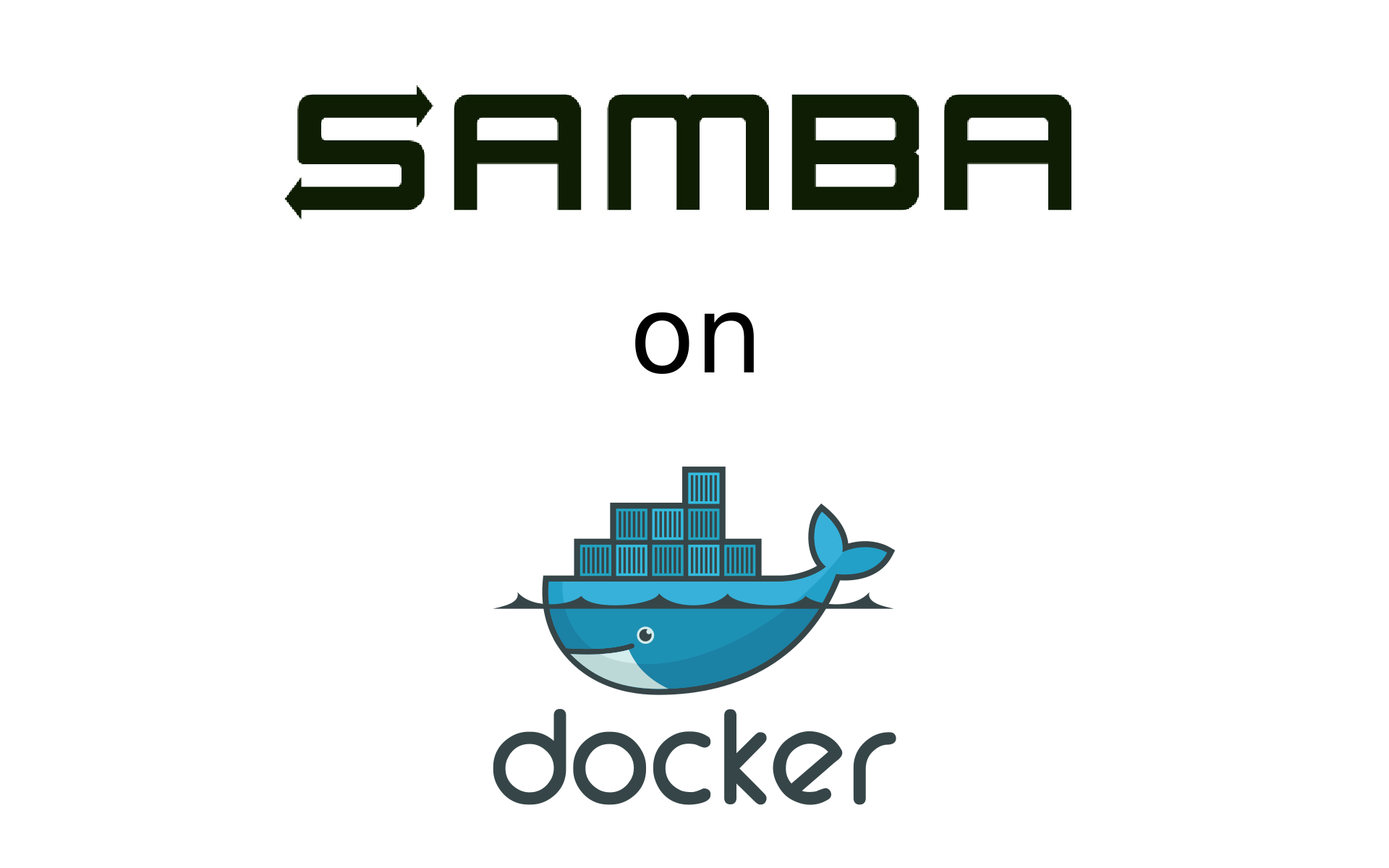

These clients allow access to SMB/CIFS shares and printing to SMB/CIFS printers. samba-client: Provides some SMB/CIFS clients to complement the built-in SMB/CIFS file system in Linux.samba: Provides an SMB/Common Internet File System (CIFS) server that can be used to provide network services to SMB/CIFS clients.Several Samba packages are included with most of the Linux distributions: Samba uses NetBIOS over TCP/IP (NetBT) protocols and does not need the NetBEUI (Microsoft Raw NetBIOS frame) protocol. Samba shares Linux files and printers with Windows systems, and also gives Linux users access to files on Windows systems. It allows Linux to work with the Windows operating system, as both a server and a client. You can also access the share by using the IP address of the Samba server.Samba is an open-source implementation of the Server Message Block (SMB) protocol. I am using the hostname of the Samba server. To access the Samba share from Windows Explorer, start typing the IP address to our share in the search area. Now that we have created a new local user account matching the Samba user account, we can log in to Windows with our newly created user account. PS > New-LocalUser -Name “user” -Password $password Launch PowerShell as an administrator and issue following commands: PS > $password = Read-Host -AsSecureString Although there are multiple approaches to adding a new local user on a Windows machine, for the simplicity of this article I will be using PowerShell. Like I mentioned above, this step is optional and you can skip it completely. Although account creation is not necessary, this will make things simpler when accessing the share. We need to create a local user account on the Windows machine that matches the username and password of the Samba user account we created in my previous article. I will be using Windows 10 as my client machine with a workgroup called SAMBA. username=userįinally, mount all filesystems. Next, add the Samba user's username and password. cred file inside the user's home directory. Clients may hang during the boot process if the system encounters any difficulties with the network. The _netdev option is important since we are mounting a network device. In our demonstration it will be /home/user/.cred. I would like to place credentials files in the home directory of the user. You can call this file anything, but I would like to call it cred. The other option is to create a credential file. 192.168.1.122/myshare /mnt/share cifs username=user,password=password,_netdev 0 0 The first option provides a username and password for the Samba user in the fstab. You can do this in multiple ways, but I'm going to demonstrate two ways to mount the Samba share at boot in /etc/fstab. Using the text editor of your choice, edit the /etc/fstab file. Let's make that directory mount persistently so it can withstand a reboot. Now that we’ve mounted our share, we can check the mounts with the following command: # df -h You may need to configure SELinux on that directory. I'm going to create a directory under /mnt, but you can use any directory you would like to. Reconnecting with SMB1 for workgroup listing.Ĭreate a directory that we can use as our mount point. If you use the hostname, make sure DNS is working. We can use either the hostname or ip address of the server.

Let's check if we can access our shares from the server. # yum install samba-client samba-common -y On the client machine, install the samba-common and samba-client packages. To access Samba share from Linux clients we need to install a few Samba client packages. In this article, I will cover how you can access Samba shares from both Linux and Windows clients. The real power of Samba comes when Windows clients can communicate with Linux file servers. In my previous article, Interoperability: Getting started with Samba, I covered installing and configuring Samba shares on a Linux server. Linux system administration skills assessment.A guide to installing applications on Linux.Download RHEL 9 at no charge through the Red Hat Developer program.


 0 kommentar(er)
0 kommentar(er)
